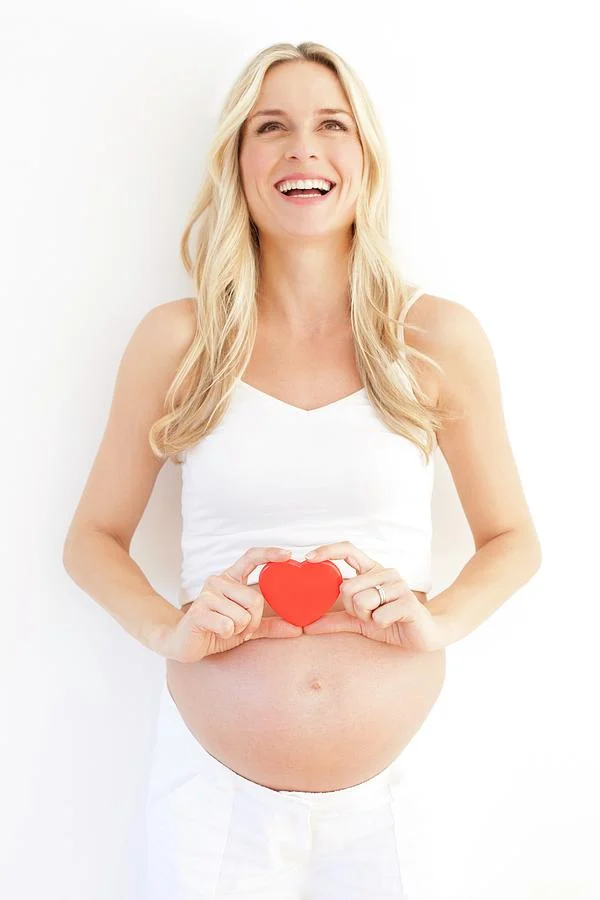Your cart is currently empty!
The Realities of Cloth Diapers: A Candid Look
Hey there, fellow parents! So last night, I found myself spending a delightful 20 minutes dunking cloth diapers in the toilet to rid them of the remnants left over from the gourmet baby food my little one so dramatically rejected just two days prior. Not exactly the most glamorous part of parenting, right?
When I was pregnant with baby number two, my partner and I took a serious plunge into the world of cloth diapers. We acquired 17,000 diaper inserts and 13,000 stylish cloth covers—okay, maybe I’m exaggerating slightly, but you get the point! We even installed a bidet attachment on our toilet and splurged on a fancy cloth diaper laundry detergent, not to mention the overpriced diaper pail in a charming color called Dusty Rose, which we settled on Robin’s Egg Blue. And yes, we discovered that regular butt paste was a no-go, so we stocked up on organic balms and coconut oil.
Cloth diapering was a mystery to us, so we dove deep into hours of online reviews and tutorials, including some hilariously confusing YouTube videos. Whenever we met with our parent pals, we bombarded them with questions. We were fully committed to ensuring our kid’s behind was well taken care of.
During my nesting phase, I washed those diapers like a new obsession, line-drying them under the hot summer sun. I read somewhere that the more you wash them, the more absorbent they become. So, of course, I kept washing. I folded them neatly and stacked them in the baby’s ever-growing changing area—who needs a changing table when this kid could probably use his own bathroom?
Newborns are like little blobs of love, and their poop is often cute and funny. Seriously, parents love to share baby poop stories. Just ask me about my oldest son’s first month—you’ll hear at least four tales! But once they hit around six or seven months and start munching on solid foods, those charming, pricey diapers transform into disgusting traps for a growing child’s mess!
Fast forward to last night. My son is diving headfirst into solid foods, which is great, but being exclusively breastfed has turned this into a tricky adventure, especially since he’s reluctant to let go of nursing. And here I was, faced with two poop-filled cloth diapers. Breastfed babies can go days without a bowel movement, and I had enjoyed three blissful days of no diaper drama.
So, there I was, tackling the aftermath of this diaper disaster. First, I had to open them up and remove the inserts—ew. Then came the not-so-fun part: scraping the solid remnants off the cloth lining—double ew. Normally, I would soak them before tossing them in the wash, but this situation called for some serious scrubbing. The bidet we ordered didn’t have the power I needed, so I donned pink rubber gloves and plunged my hands into the toilet. Yes, it was as glamorous as it sounds.
After my tactical bathroom escapade, I tossed the offending diapers into the wash, setting it to a heavy-duty soak. Honestly, there should be a setting called “Just This Side of Obliterate.” Finally, I kicked back and took a deep breath of fresh air.
A quick shoutout to aunts everywhere! My amazing aunt was online, sharing some hilarious poop stories from my childhood, which reminded me to find the humor in my current situation. She also circled back to why we chose cloth diapers in the first place—they may be a hassle, but they’re fantastic for a baby’s skin and better for the environment. Plus, they make for some pretty entertaining stories.
For more insights on home insemination, check out this post. If you’re exploring artificial insemination options, this kit is a great resource. And if you want to learn more about reproductive health, the CDC offers excellent information.
In summary, while cloth diapering can be a messy and somewhat gross undertaking, it’s also a rewarding choice that benefits your baby and the planet. Plus, the laughable stories you collect along the way make it all worthwhile!
